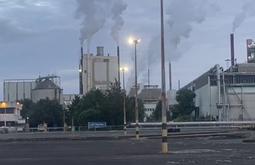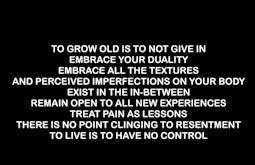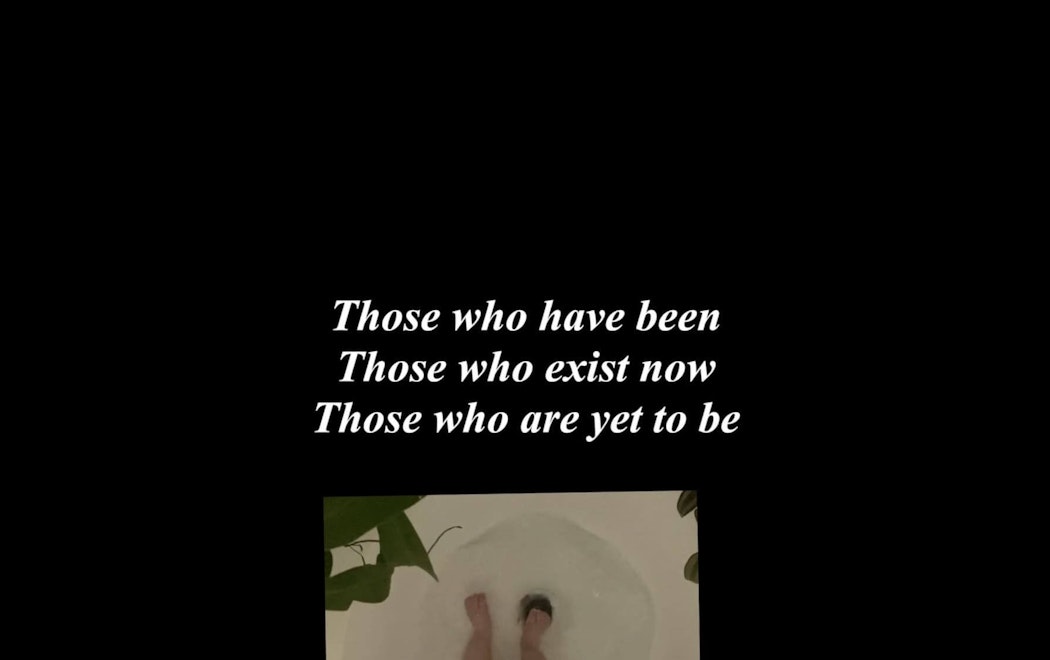te tamaiti, te ao
floating in water
in the sacred space
bubble up and down
a root grew up from your belly button
connecting your body to mine
your heart is the size of my thumbnail
it beats at 145bpm
moving your feet
your hands cover your face
pressing down on the womb
you refuse to have your photo taken
my body is weakening but determined
uenukutuwhatu please help
crying to Hineteiwaiwa.
on the northeast horizon Matariki rises
those who have been
those who exist now
those who are yet to be
the eyes of Taawhirimaatea
the black still water of the harbour
we will meet soon
my life is your life
te tamaiti o te ao
puku swells
pangs of Ruuaumoko
between worlds
haa
te poo
the first breath
te ao
darkness to light


